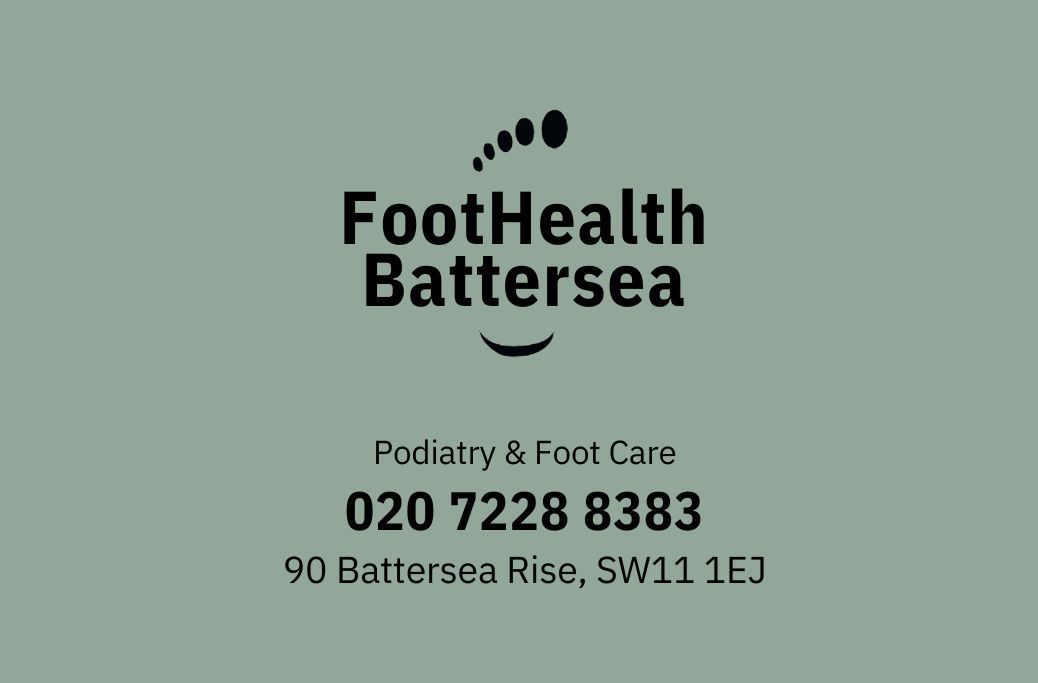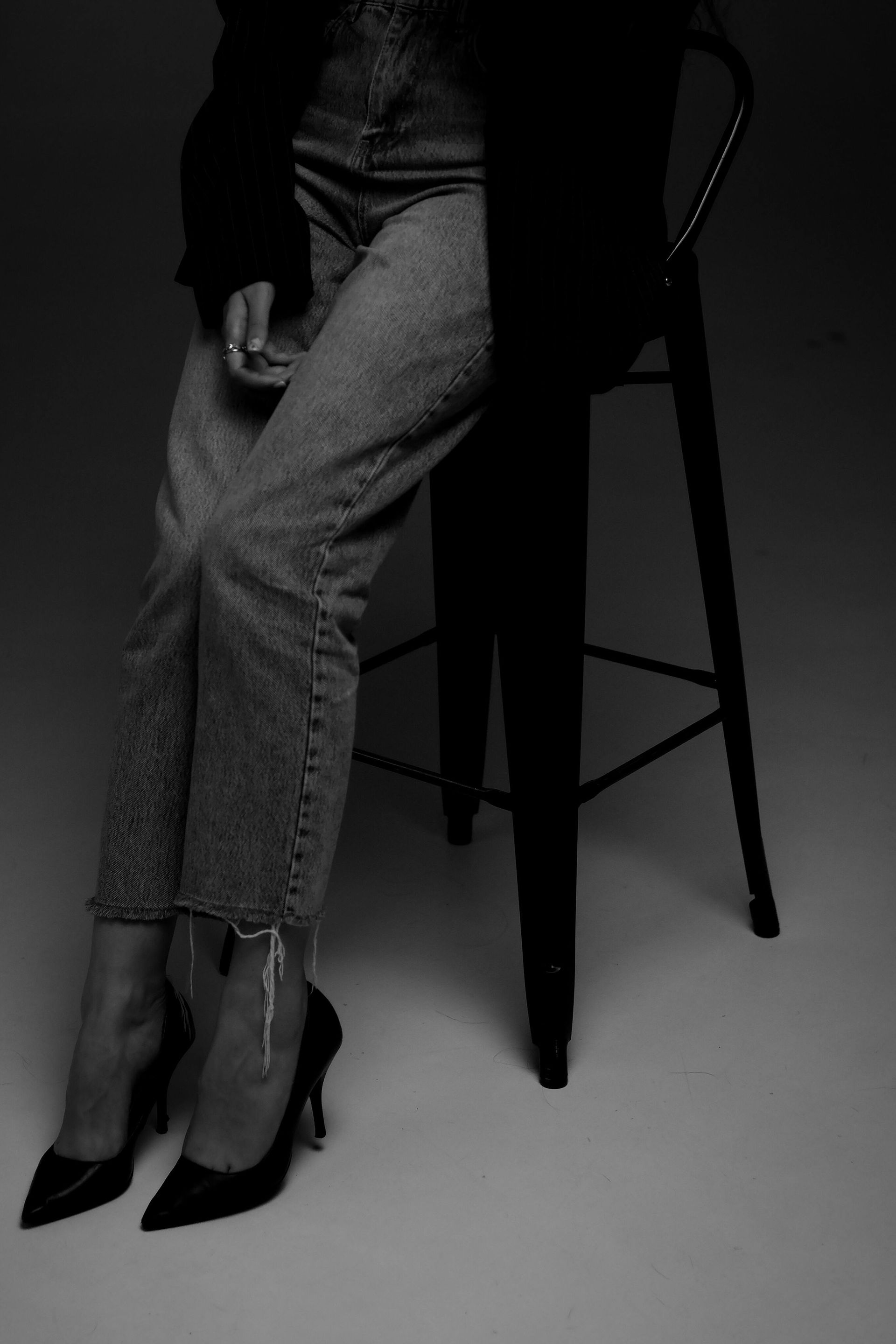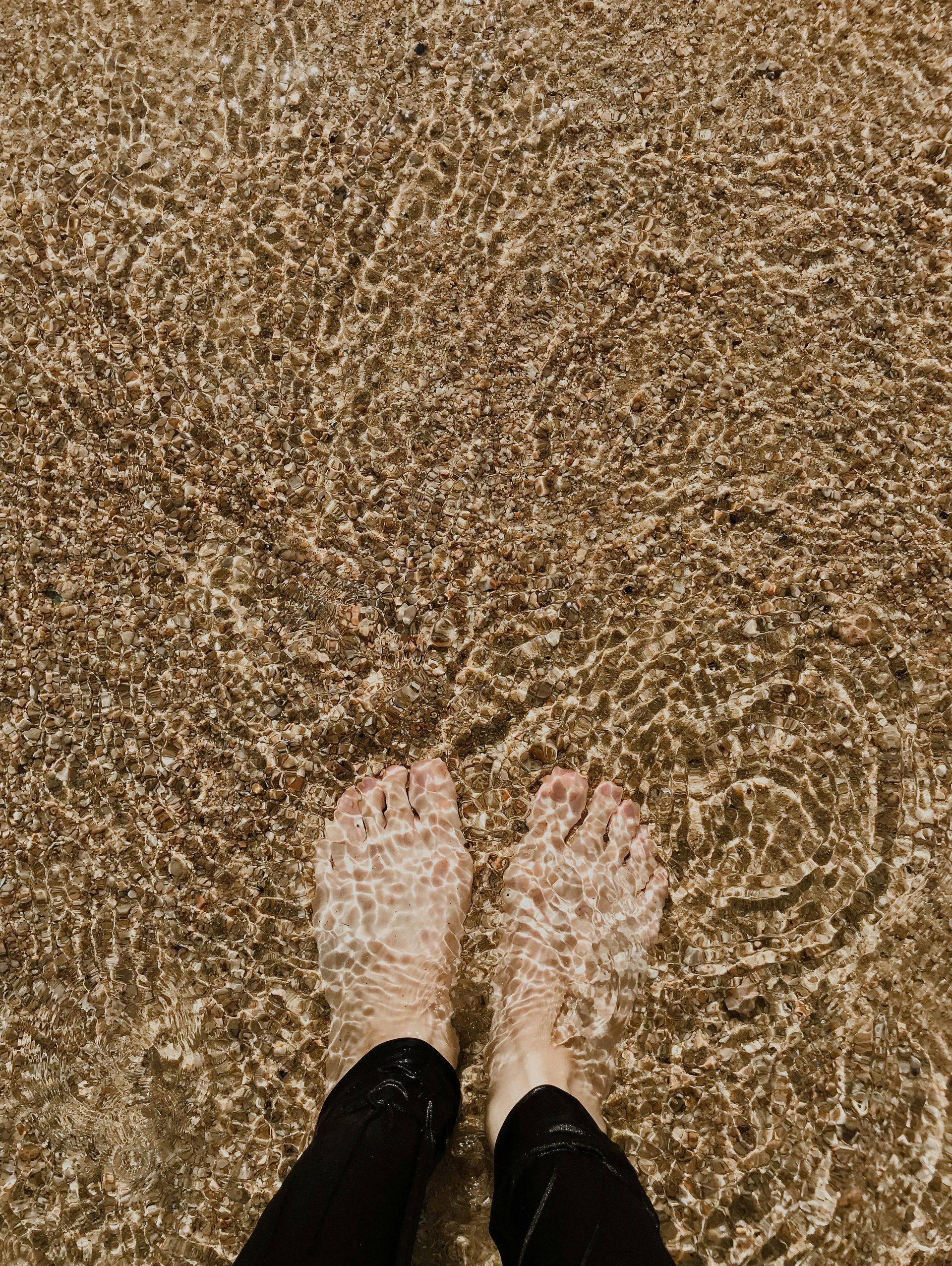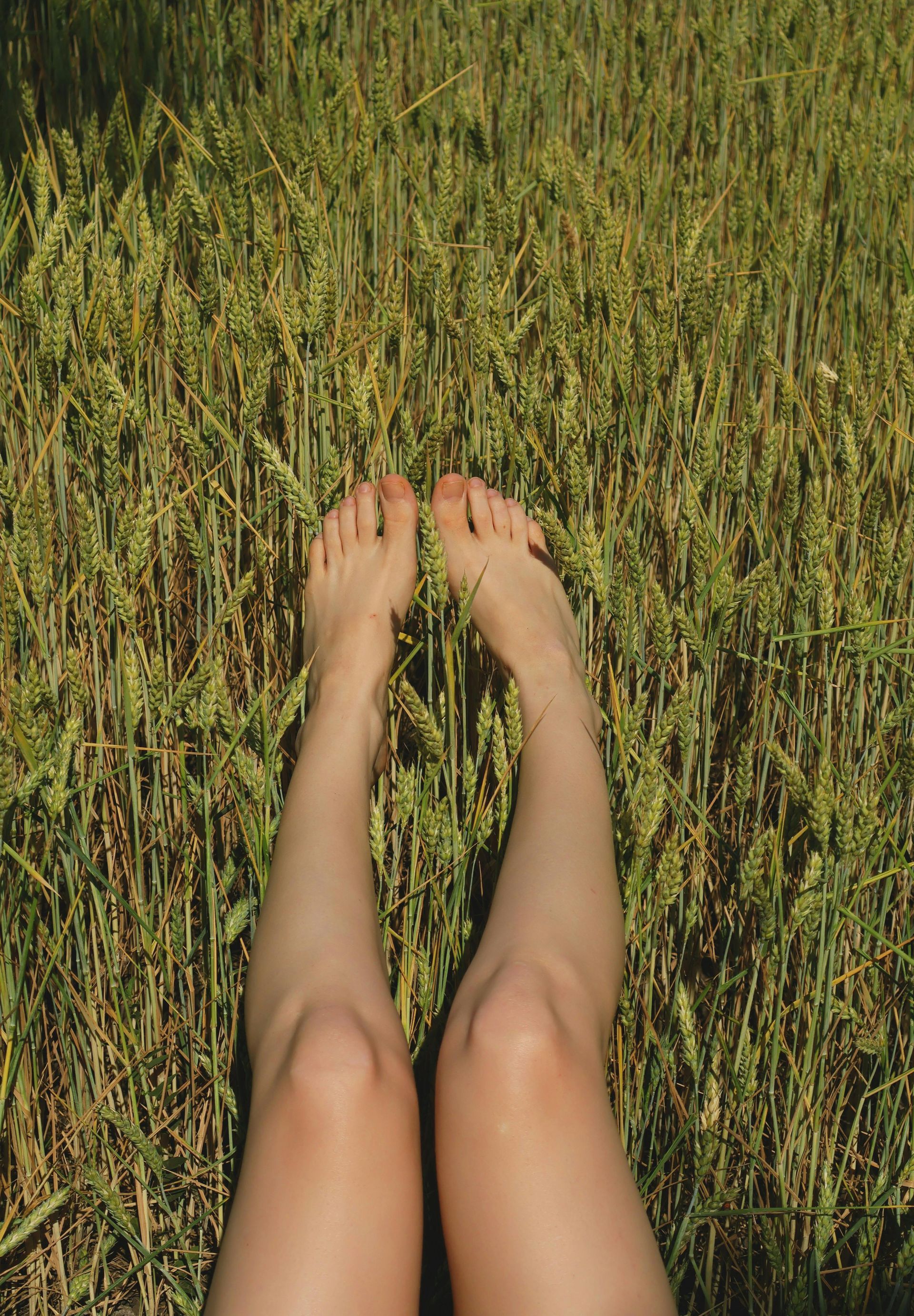020 7228 8383 info@foothealthbattersea.co.uk
Essential Foot and Ankle Stretches
Optimal Performance in FootHealth
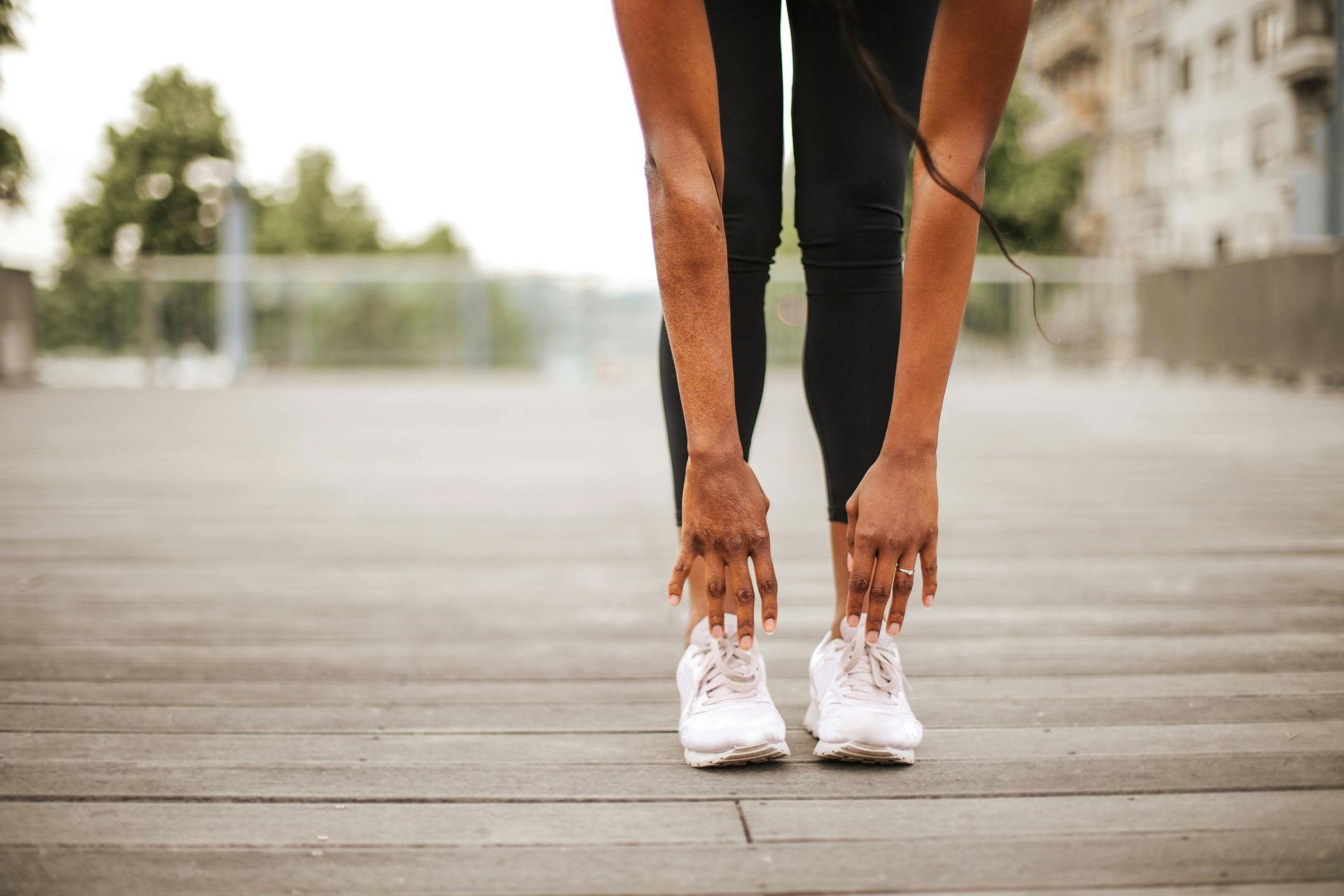
When it comes to maintaining foot and ankle health, particularly for those engaged in various sports and physical activities, incorporating targeted stretches is crucial. Proper stretching helps prevent injuries, enhances performance, and ensures a quicker recovery.
This article focuses on recommended stretches specifically designed for foot and ankle care, with an emphasis on how these practices align with podiatric health, and disciplines such as running, cycling, CrossFit, and metabolic conditioning.
Understanding the Importance of Foot Health
Foot health is a critical aspect of overall well-being, influencing how we move and perform daily activities. Emphasising the importance of foot and ankle care. By integrating foot stretching routines into your regimen, you can prevent common issues like plantar fasciitis, Achilles tendonitis, and general foot fatigue.
Running: Foot and Ankle Care for Optimal Performance
1. Achilles Tendon Stretch
- How to Do It: Stand facing a wall with one foot in front of the other. Bend your front knee while keeping your back leg straight and heel on the ground. Lean towards the wall until you feel a stretch in your Achilles tendon and calf. Hold for 30 seconds.
- Benefits: This stretch is vital for runners as it targets the Achilles tendon and calf muscles, reducing the risk of Achilles tendinitis and calf strains.
2. Dynamic Toe Touch
- How to Do It: Stand on one leg and swing the other leg forward and backward in a controlled manner. Alternate legs. Perform 10-15 swings per leg.
- Benefits: This dynamic stretch prepares the hamstrings and calves for the running stride, enhancing flexibility and reducing injury risk.
3. Ankle Dorsiflexion Stretch
- How to Do It: Sit with one leg extended and the foot flexed upward. Use a resistance band or towel to gently pull your toes towards you. Hold for 20-30 seconds.
- Benefits: Increases dorsiflexion range of motion, which is crucial for a proper running gait and avoiding issues like shin splints.
4. Foot roll with a tennis ball
- How to Do It: Sit with your foot elevated and roll a tennis ball under the arch of your foot. Apply moderate pressure and roll for 2-3 minutes.
- Benefits: This helps alleviate foot tension and soreness, especially useful after long runs or intense training sessions.
Cycling: Enhancing Pedal Efficiency and Preventing Injuries
1. Standing Calf Stretch
- How to Do It: Stand facing a wall, place your hands on the wall for support, and step one foot back. Keep the back leg straight and the heel pressed into the ground. Hold for 30 seconds and switch legs.
- Benefits: This stretch is essential for cyclists, as it lengthens the calf muscles and reduces the risk of Achilles tendinitis and calf cramps during rides.
2. Seated Ankle Stretch
- How to Do It: Sit on the ground with one leg extended and loop a resistance band or towel around the ball of your foot. Gently pull the band towards you, flexing your ankle. Hold for 20-30 seconds.
- Benefits: Enhances ankle flexibility and reduces stiffness, crucial for optimal pedal stroke and avoiding discomfort during long rides.
3. Foot Flex and Point
- How to Do It: While seated, extend one leg and alternately flex and point your toes. Perform 15-20 repetitions per foot.
- Benefits: This exercise improves foot mobility and strengthens the muscles involved in cycling, contributing to a more efficient pedal motion.
4. Plantar Fascia Roll
- How to Do It: Roll a small, firm ball (such as a golf ball) under the arch of your foot, applying gentle pressure. Roll for 2 minutes.
- Benefits: Targets the plantar fascia, helping to alleviate discomfort from prolonged periods of cycling and preventing plantar fasciitis.
CrossFit: Managing Intense Workouts and High-Impact Movements
1. Foot and ankle foam rolling
- How to Do It: Place your foot on a foam roller and roll from the heel to the toes, focusing on any tight areas. Spend 1-2 minutes on each foot.
- Benefits: Helps release muscle tension and improves blood flow, which is beneficial after intense CrossFit sessions that involve heavy lifting and high-impact exercises.
2. Lateral Ankle Stretch
- How to Do It: Sit with one leg crossed over the other. Use your hand to gently pull your foot inward, stretching the outer side of your ankle. Hold for 20-30 seconds.
- Benefits: Stretches the lateral ankle and foot muscles, which is crucial for preventing sprains and strains during dynamic CrossFit movements.
3. Hip Flexor and Foot Stretch
- How to Do It: From a kneeling position, extend one leg forward into a lunge position. Press your hips forward and reach back to pull your toes towards you. Hold for 20-30 seconds.
- Benefits: This stretch addresses both hip flexors and foot muscles, which is essential for improving mobility and preventing injuries in high-intensity workouts.
4. Toe Tapping Exercise
- How to Do It: Sit with your feet flat on the ground. Lift your toes while keeping your heels planted and tap them up and down rapidly for 30 seconds.
- Benefits: Strengthens the intrinsic muscles of the foot, enhancing stability and reducing the risk of foot injuries during CrossFit.
Metabolic Conditioning: Enhancing Flexibility and Reducing Recovery Time
1. Dynamic Ankle Mobility
- How to Do It: While standing, place one foot slightly in front of the other. Bend both knees and move your front knee forward over your toes while keeping your heel on the ground. Perform 10-15 repetitions per leg.
- Benefits: Improves ankle flexibility and prepares the joints for the varied movements in metabolic conditioning workouts.
2. Arch Stretch
- How to Do It: Stand with one foot crossed over the other and gently pull the toes of the crossed foot towards you. Hold for 20-30 seconds.
- Benefits: Stretches the arch of the foot, reducing tension and preventing injuries associated with high-impact and varied movements.
3. Standing Foot Flexion
- How to Do It: Stand and place one foot slightly in front of the other. Flex your front foot upwards, trying to bring your toes towards your shin. Hold for 20-30 seconds.
- Benefits: Enhances the flexibility of the ankle and foot, which is vital for maintaining proper form and preventing injuries during intense conditioning sessions.
4. Calf and Achilles Massage
- How to Do It: Use a massage stick or your hands to apply pressure to your calf muscles and Achilles tendon. Massage for 2-3 minutes on each side.
- Benefits: Helps reduce muscle tightness and promotes recovery after strenuous metabolic conditioning workouts.
Incorporating these specific stretches into your pre-activity and post-activity routines can greatly enhance foot and ankle health, reduce injury risk, and improve performance across various sports and physical activities. Whether you’re running, cycling, engaging in CrossFit, or participating in metabolic conditioning, understanding the unique demands of your discipline and addressing them with targeted stretches is key to maintaining optimal foot and ankle function. For personalised advice and tailored stretching routines, consulting with a podiatrist or chiropodist, particularly in areas like Battersea, can provide expert guidance to address your individual needs and goals.
Read More from our Blog
FootHealth Battersea Blog Spot
Can FootHealth Battersea assist you?
Our customers share the best stories! Discover why Foothealth Battersea is the preferred Podiatry clinic in South West, London.
